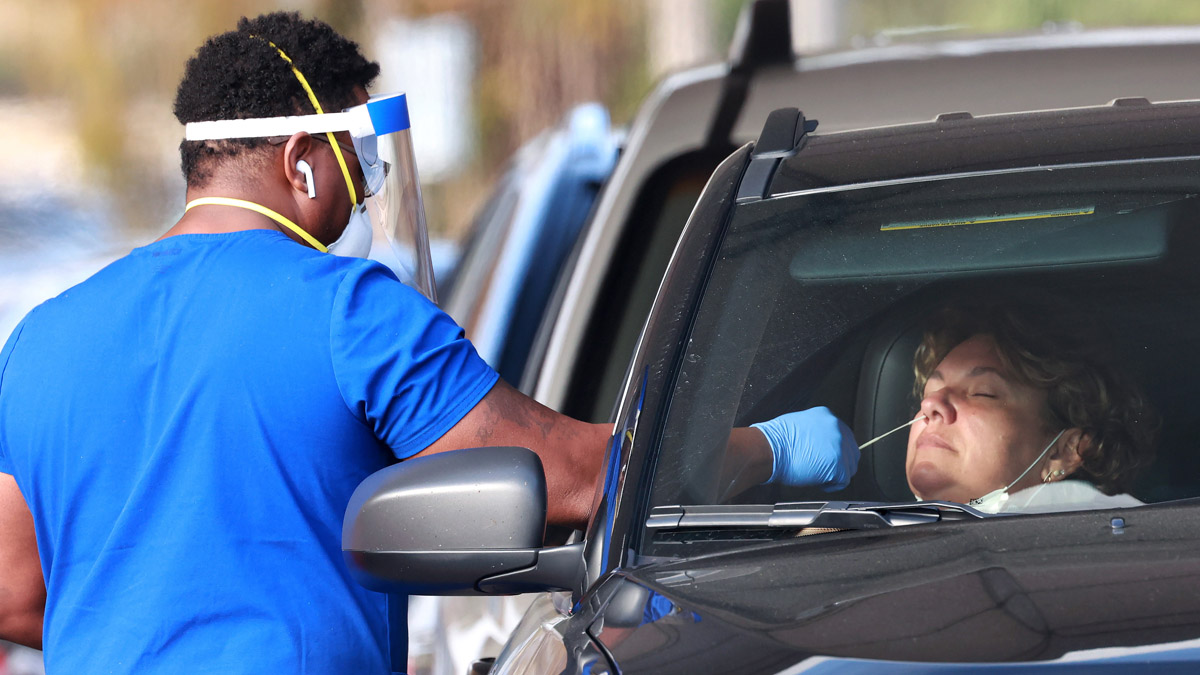Some Southern Dallas neighborhoods identified as most vulnerable for COVID-19 illness and death, have not received any vaccine shipments from the state of Texas so far, an NBC 5 investigation has found.
Two maps tell the story. First, a map provided by the Texas Department of State Health Services shows a dot for each hospital, clinic or pharmacy to receive vaccines in the first weeks since it has become available.
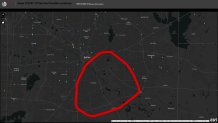
There are no dots at all in a wide section of Southern Dallas south of Interstate 30 and east and west of the Interstate 45 corridor.
NBC 5 Investigates also mapped the addresses on a list of new locations where the state pledged to ship vaccine this week.
Again, it shows a gaping hole over southern Dallas, including several ZIP codes in predominately Black and Latino neighborhoods that have seen the highest numbers of COVID-19 deaths in Dallas County.
The 75216 ZIP code where at least 64 people have died from the virus does not have a single site that has received a vaccine shipment. A person living in that ZIP code near Loop 12 and I-45 would have to drive about seven miles east or nine miles west to find the closest vaccine location, if any vaccine is still available at several clinics that have received just a small number of does so far.
Community activist Derrick Battie was stunned when he first saw the maps.
“We shouldn't have to fight for every single thing. I think it's time now that we seriously consider the southern sector,” Battie said.
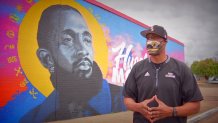
He remembers how Black leaders in his South Oak Cliff community first had to push for more COVID-19 testing locations. Now Battie and his neighbors feel like the state has overlooked them again.
“This is once again, proof that they don't care about our community. And when they say “They,” they’re talking about the people who are in charge of making the decisions,” said Battie.
Some neighborhoods that have no vaccine distribution locations are located in ZIP codes that the Dallas County Health Department identified as “most vulnerable” for severe COVID-19 illness and death because so many residents work in high risk jobs or have serious underlying health conditions or both.
So why didn’t the state send vaccine to those neighborhoods first?
NBC 5 Investigates asked a member of the state health commissioner's committee that's making those decisions.
Dr. David Lakey, Chief Medical Officer of the UT Health System, and one of the 17 members of the state’s expert vaccine allocation committee said he understands why people are frustrated.
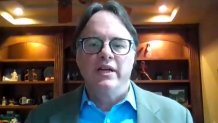
He said one reason for the gap in southern Dallas is that the state’s early strategy has focused on getting healthcare workers immunized. So, most of the early vaccine supplies went mostly to large hospitals and not local neighborhood clinics.
Lakey said the committee constantly talks about how to get more vaccines to minority communities.
“I would also say to the community … that we all understand that you have been hit hard by COVID and that the state needs to do a better job at getting vaccine out to communities of color,” said Lakey.
After seeing the vaccine distribution maps, Derrick Battie asked State Sen. Royce West (D-Dallas) for help.

“Once I received the calls, we got right on top of it,” said West.
West said he was amazed that several ZIP codes receiving little or no vaccine have also seen some of the largest numbers of COVID-19 deaths.
“We know this, and so it would seem as though that the health department would make a better effort to recruit providers within a specific geographical area,” said West.
West contacted state health commissioner Dr. Johh Hellerstedt to demand more vaccine sites in Southern Dallas.
“Listen to me very closely. I'll be working very closely with the commissioner of the health department that I'll have to deal with, and he'll have to deal with me,” said West.
The state health department said it’s now working with the senator telling NBC 5 Investigates in a statement: "We appreciate Sen. West's partnership in identifying sites in his district that will be able to vaccinate priority populations and will continue to work to ensure vaccine is distributed equitably.” The department said as vaccination further expands distribution will shift to focus more on people in underserved minority communities.
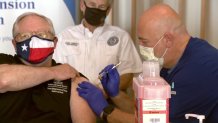
In order to become a vaccine location, a clinic or pharmacy has to sign up via a state website. But, vaccine distribution experts point out some underserved communities lack clinics and pharmacies or lack locations with the refrigeration equipment necessary to store the vaccines.
Dallas County officials recently announced plans to open a large public vaccination site in southern Dallas. However, to operate such a location the state would need to provide the county with substantial shipments of vaccine each week.
On Thursday, the state health department said it plans to release a list later this week of large vaccination sites across the state that it will support with vaccine shipments soon. The department said it plans to prioritize those large locations over smaller clinics as the state receives additional vaccine from the federal government.
In communities that have suffered so much, it can't come fast enough.
“Please consider our communities of color, black and brown communities. please intentionally consider our communities of color,” said Battie.

